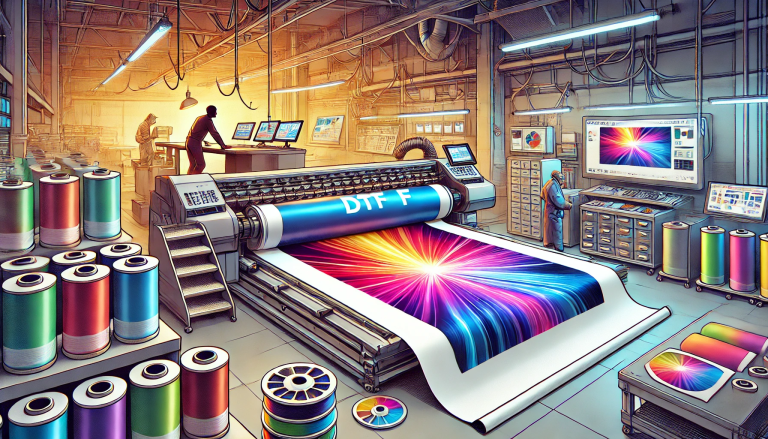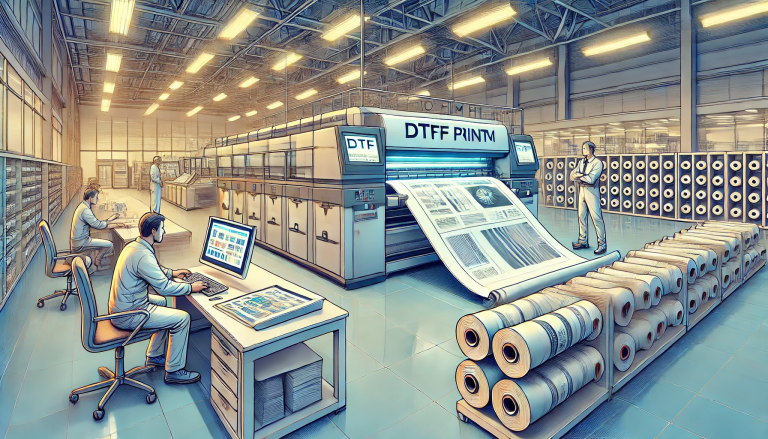“UV DTF Powder: The Battle of White vs Black” -MAXDTF- China UV DTF AB Paper, UV Magic Decal Factory, Made in China
The rise of UV DTF (Direct to Film) printing has revolutionized the printing industry, offering unparalleled vibrancy, durability, and versatility in applications. One of the key elements in the DTF process is the use of DTF powder, which gives the print a raised, textured finish. Today, we delve into the intricate world of UV DTF powders, specifically focusing on the differences between white and black DTF powders, their respective strengths, and ideal applications.
Understanding UV DTF Powder
Before dissecting the white vs black debate, it is important to understand what UV DTF powder is. UV DTF powder is a special adhesive powder that is applied over the printed design before it is cured using UV light. The powder melts and binds to the ink, creating a raised, durable design that can withstand harsh conditions, including washing and friction.
White UV DTF Powder
White UV DTF powder is the most common type used in the DTF process, mainly due to its versatility. Here are some of the key benefits:
1. Versatility
White powder is versatile in the sense that it works seamlessly on any colored fabric or material. Whether you are printing on a dark, light, or vibrant colored surface, white powder ensures the design remains vivid and clear.
2. Brightness
White powder adds brightness to designs, making them pop. This is particularly effective for designs with light or bright colors. It enhances the visual appeal of the design, making it stand out.
3. Opacity
White UV DTF powder offers superior opacity, which means that the design remains unaffected by the color of the substrate. It’s a valuable trait when printing on dark or patterned materials.
Black UV DTF Powder
Black UV DTF powder is a relatively new entrant in the DTF space but it has carved its niche. Here’s why:
1. Depth
Black UV DTF powder adds depth to the design. It works exceptionally well with dark or metallic inks, enhancing the depth and richness of the design. This results in a unique, high-quality finish that sets it apart from traditional print methods.
2. Contrast
Black powder creates stunning contrast, particularly on lighter colored or white substrates. This contrast accentuates the design, making it more appealing and noticeable.
3. Ideal for Dark Fabrics
While white powder offers excellent opacity, black UV DTF powder shines when used on dark fabrics. It complements the fabric color and enhances the visibility and vibrancy of the design.
White vs Black: Which to Choose?
Both white and black UV DTF powders offer unique benefits and choosing between them largely depends on your specific requirements.
For versatility across different fabric colors and enhanced brightness, white UV DTF powder is the best bet. On the other hand, if you’re looking to add depth and contrast to your design or are working with dark fabrics, black UV DTF powder is the ideal choice.
In the end, it’s not about white vs black in a battle, but rather understanding the unique strengths of each to harness their potential in different applications. As the UV DTF printing technology continues to evolve, it will be fascinating to see how these powders further influence the industry.
Understanding the differences between white and black UV DTF powders, and when to use each, allows you to unlock the full potential of this innovative printing technology, pushing the boundaries of design and production quality.




